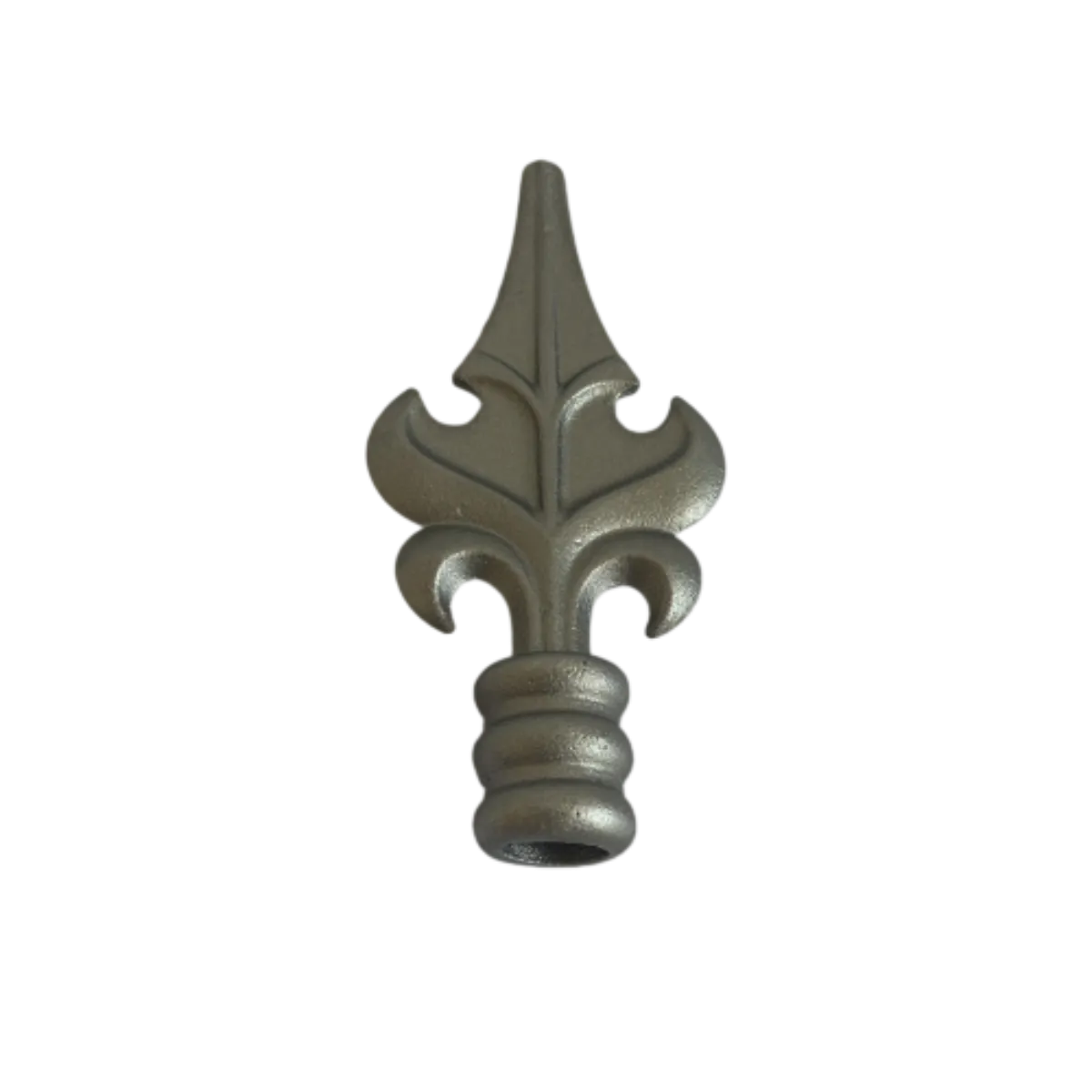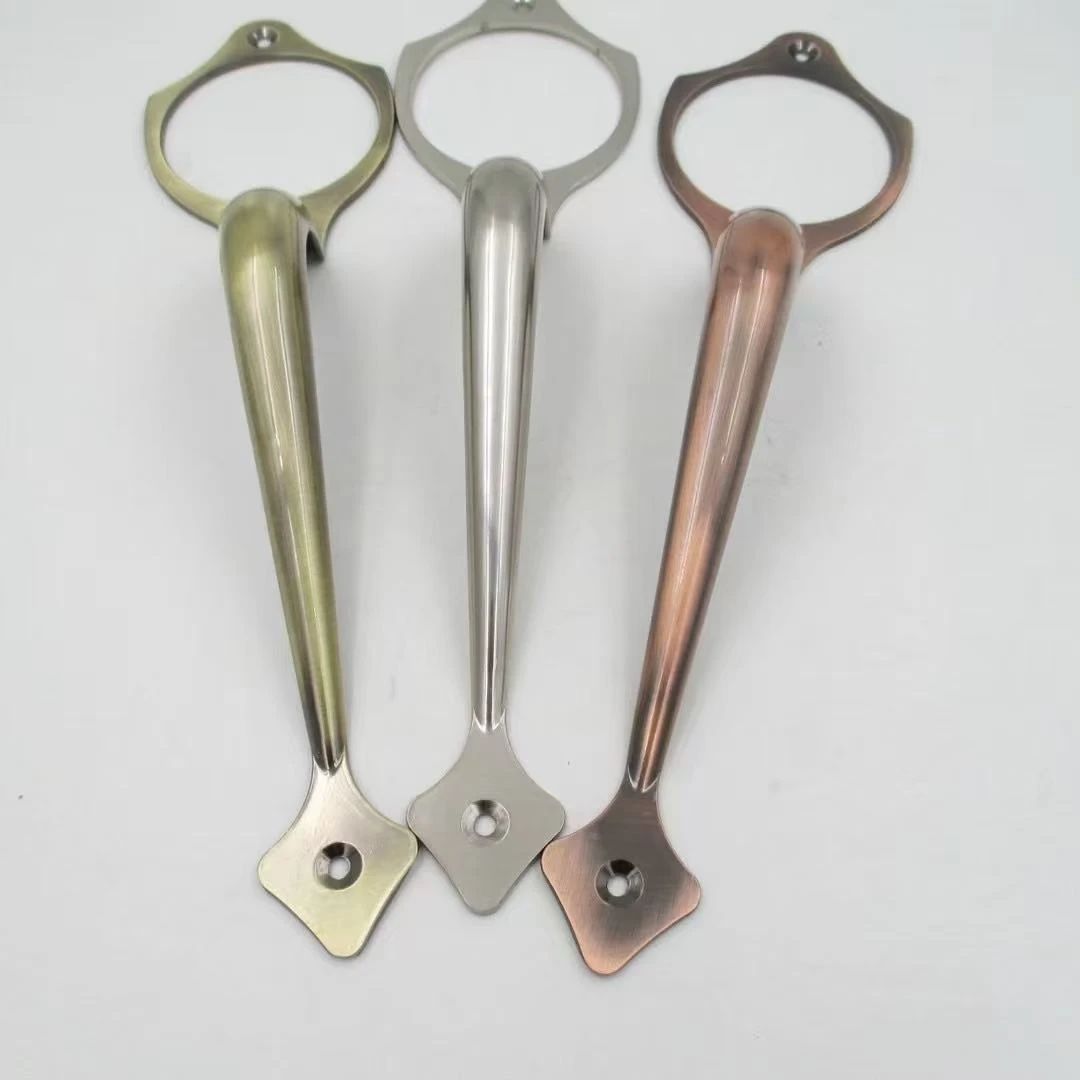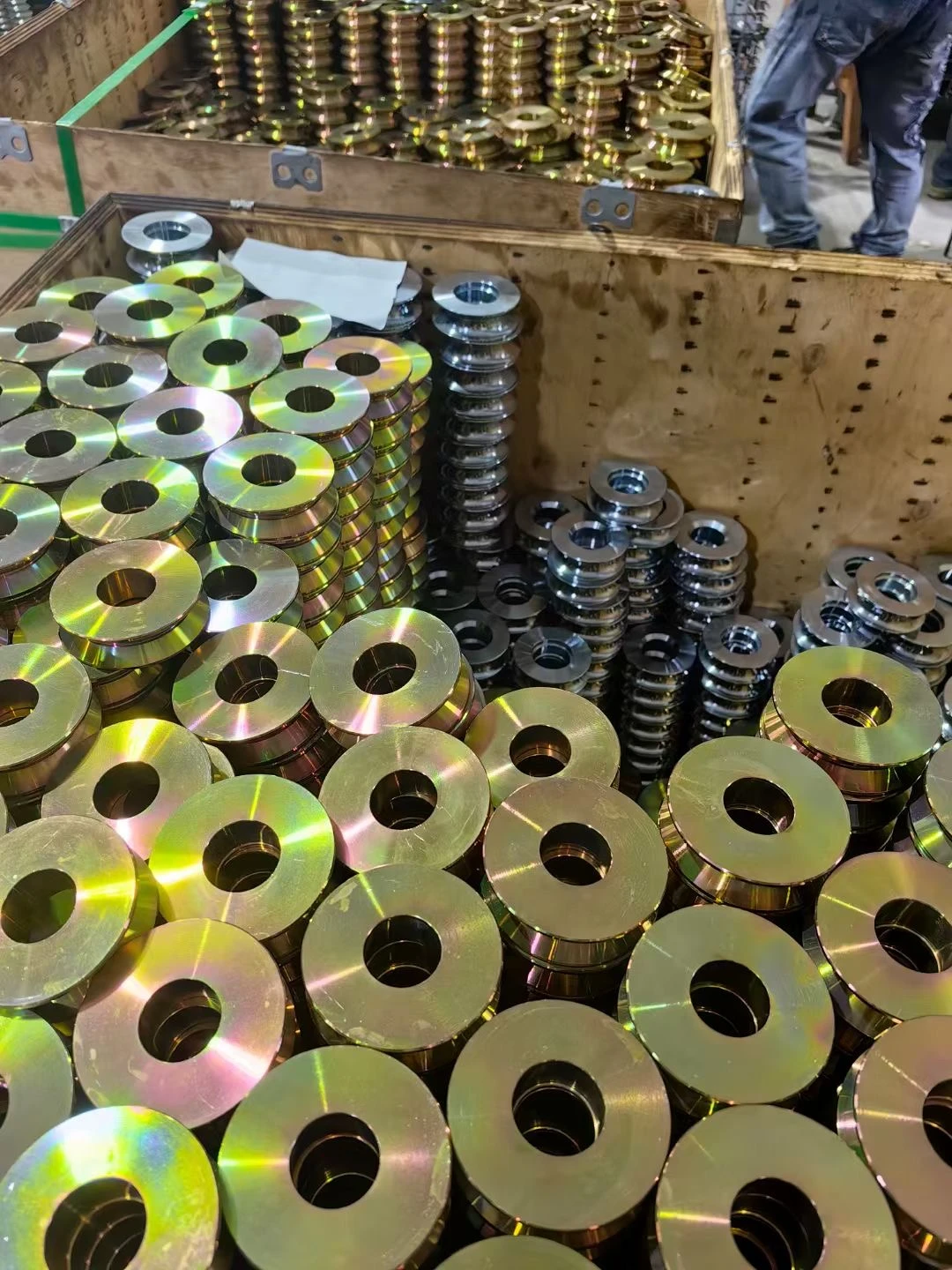Crafting Decorative Wrought Iron Designs for Home and Garden Spaces
The Art and Craft of Wrought Iron Work
Wrought iron, a malleable and versatile material, has captivated artisans and designers for centuries. Its unique properties, including its ability to be shaped and welded easily, make it an ideal choice for a variety of decorative and functional applications. Wrought iron work encompasses a range of techniques and designs, producing everything from intricate railings and gates to stunning furniture and sculptures. This article delves into the history, techniques, and modern applications of wrought iron work, celebrating the artistry and craftsmanship it embodies.
Historical Background
The origins of wrought iron date back to ancient civilizations, where blacksmiths utilized the material for tools, weapons, and architectural elements. Unlike cast iron, which is brittle and pours easily into molds, wrought iron is a product of heating and working with iron ore. This method results in a stronger and more ductile material that can be manipulated into various shapes through forging and hammering. Over the centuries, wrought iron became a favored material in Europe, especially during the Middle Ages, when it was used extensively in architecture, from elegant gates to elaborate window grilles.
During the Industrial Revolution, advancements in metallurgy and manufacturing processes led to a decline in traditional wrought iron techniques. However, the unique aesthetic qualities of wrought iron remained in demand, spawning a revival in craftsmanship. Today, artisans continue to utilize traditional methods alongside modern technology, preserving the rich heritage of wrought iron work.
Techniques of Wrought Iron Work
The creation of wrought iron art involves several intricate techniques. Blacksmithing remains the core of wrought iron work, where iron is heated and shaped using tools such as hammers and anvils. This process can include techniques such as twisting, bending, and punching, each resulting in unique textures and patterns.
wrought iron work

Another common technique is forging, where iron is heated and hammered into specific shapes. This can be done by hand or with the help of mechanical hammers. Decorative elements, such as scrolls, leaves, and geometric patterns, are often created using chisels and dies.
Wrought iron pieces are typically finished through a variety of processes. They can be coated with paint, powder, or patinas to enhance their appearance and protect against rust. Skilled artisans may also use techniques such as acid etching or sandblasting to achieve specific surface effects that add depth and character to the final piece.
Modern Applications
In contemporary design, wrought iron work remains relevant, finding a place in architecture, landscaping, and interior design. Custom wrought iron railings and gates enhance the aesthetic appeal of homes while offering security and durability. In gardens, wrought iron trellises and arbors provide a touch of elegance and form an ideal support for climbing plants.
Additionally, wrought iron furniture has gained popularity for its unique appeal and lasting quality. From intricate dining sets to stylish benches and coffee tables, wrought iron furniture can complement various styles, from rustic to modern. Many artists and designers incorporate wrought iron elements into their projects, recognizing the material's timeless beauty and adaptability.
Conclusion
Wrought iron work is not merely a craft; it is an art form that bridges history and modernity. The skill involved in shaping and designing wrought iron reflects a deep appreciation for craftsmanship, creativity, and tradition. As we celebrate the legacy of wrought iron work and its continued evolution, we acknowledge its enduring role in enriching our environments and artistic expressions. Whether in historical architecture or contemporary design, wrought iron remains a symbol of durability, beauty, and skilled artistry, captivating all who encounter its intricate forms.
-
Window Lock Handle for Security UpgradesNewsJun.20,2025
-
Proper Lubrication Techniques for Sliding Gate WheelsNewsJun.20,2025
-
Ornamental Iron Castings for Interior DesignNewsJun.20,2025
-
Creative Ways to Decorate Around a Cast Iron FireplaceNewsJun.20,2025
-
Cast Iron Pipe and Fitting for Plumbing SystemsNewsJun.20,2025
-
Cast Iron Panel Casting for Architectural ElementsNewsJun.20,2025















